Joan Josep Pintado
Different and varied professions coexist in the museum. The trades that first come to mind are those that come in contact with the works of art and exhibitions: restorers, curators, conservators, registrars, educators, etc. But there are a whole other series of trades without which the museum would not work: admin staff, maintenance, communication, computer technicians, etc. And security is part of this second group. A little-known profession, and often underappreciated, but crucial to the good functioning of the institution.
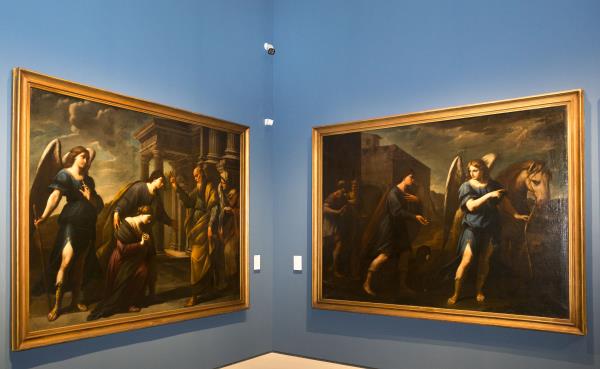
As Head of Museum Security, I will explain below what the work of the people who work in this department consists of.
Security in the widest sense: people, works of art, the building and information
The Museum’s Security Department, which was created on the basis of the current Private Security Law 5/2014, is over 20 years old. During all this time, it has developed strategic functions for the protection of people, the value, the building and information. It has always prioritised, first and foremost, the museum’s staff and visitors, as they are the engine of the museum’s life. And secondly, the heritage and artistic collection, which is indispensable due to the fact of being the reason for the museum’s existence.
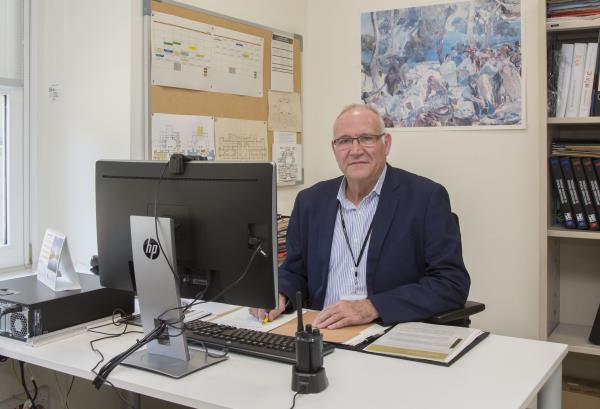
The department is responsible for the security of the museum in the field of protection of people, property and information, always taking into account the needs of the different areas of the museum.
This department also monitors and coordinates surveillance teams and occupational health and safety measures, both internally and in external companies that work or carry out events within the museum, and is responsible for updating and implementing the Museum’s Self-Protection Plan, in application of Decree 30/2015, of 3rd March.
And always in constant relationship and collaboration with the Public Security Forces and Bodies (MMEE – Mossos d’Esquadra, CNP – National Police, Guardia Civil – Civil Guard, Guardia Urbana – Local Police, etc.).



Security Control Centre. Fotos: Marta Mérida
These would largely be the functions of the department, taking into account the fact that the institution is alive and creative, and that the security department must adapt to the needs that society demands of us, such as connectivity and accessibility not only physical, but through computer networks.
The security model of the Museu Nacional
Our comprehensive security model is based on two major pillars: technological and human.
On the one hand, the museum has an intrusion system, CCTV (closed-circuit television), access control, and a fire detection and extinguishing system. All this is centralised in the video surveillance control room through a management software, from which the alarm signals are received, which are transmitted to the human surveillance teams (private security guards and security staff for the public or room controllers). On the other hand, the security guards who work there are essential to the safety of the museum. A sophisticated technological system does not make sense if there isn’t a sufficient response in human surveillance.
In the case of the museum, criteria have been implemented according to which the necessary resources are optimised to provide human security and passive and active electronic security, thus achieving a balance between prevention and protection.
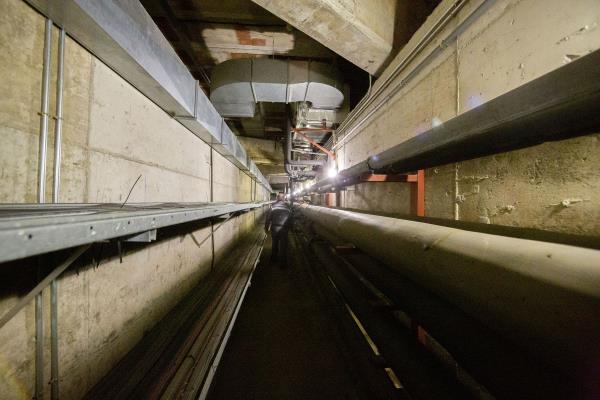
The Self-protection Plan
The museum has implemented a security model based on the participation of all the staff who work there. In relation to the Self-Protection Plan (PAU), all internal and external work staff are trained in such a way that, in case of an emergency, everyone knows what to do, and, above all, what their degree of participation and responsibility is. Different responsibilities are established in each of the museum’s space areas: EPIs (first intervention teams) and ESIs (second intervention teams).
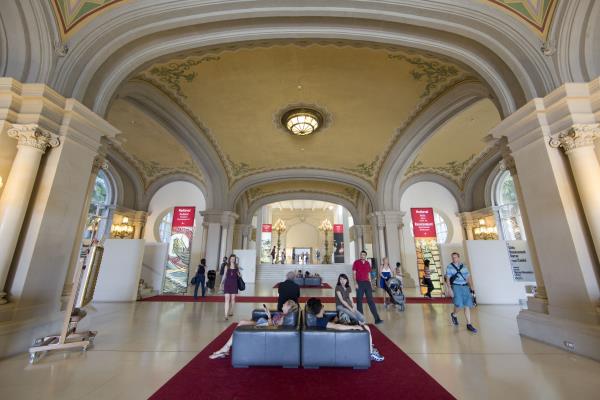
In relation to the security strategy, all the staff are clear that the priority is the people, and that is why security is aimed at providing training tools for everyone who works in the institution.
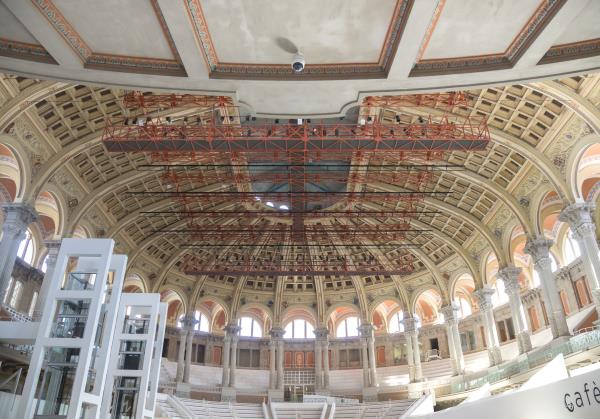
The human surveillance staff is in charge of leading the visitors to the evacuation routes in the event of any emergency, and maintaining the established emergency and evacuation plan.
The Department organises general and partial emergency and evacuation drills periodically throughout the year so that all the staff working at the museum are clear about their role in such situations.
The CCTV system allows us to detect alarms in works of art and, of course, we also count on recordings. There are also personalised protection systems of the works. It is basic to communicate via radio frequency to all surveillance staff and room controllers, who are in constant contact.
The protection of the works in movement
The museum has established procedures for controlling the movement of works of art inside the building and moving them to other museums or institutions. Every institution has a protocol for the movement of works. Security in this section plays a very important role, I would even dare to say one of major responsibility, given that its intervention can determine that the movements are carried out successfully, in terms of control and custody of the works and their final registered location.
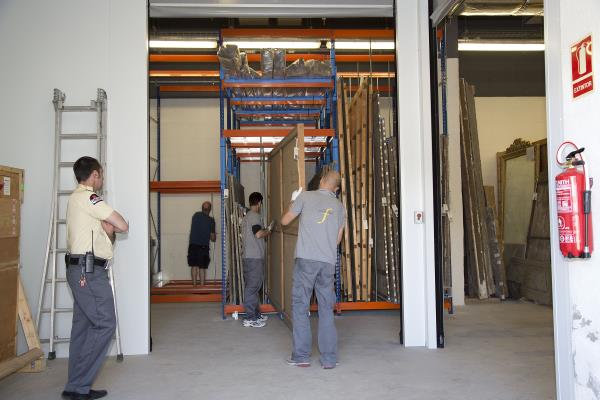
I will explain an anecdote that many colleagues in the museum will remember and that at the time had quite an impact in the media:
It was a Sunday morning and I was at my second residence, when I got a call from the museum’s administrator at the time. He told me that a high level member of the Generalitat de Catalunya had contacted him by phone to ask if he could confirm whether some works belonging to the Generalitat’s Treasury collection were to be found in the museum, since a person had reported to a major newspaper that these works had disappeared. The news filled two pages of this newspaper.
The administrator asked me, as it was urgent to have an answer, if by chance there would be a way to find out the movements of these pieces through the register books.
After just 5 minutes we were able to answer, after consulting the Register Book, that the works were distributed between the Restoration Department and the museum’s strongroom.
This information, which was quickly transmitted, served to disprove the news that the newspaper had so cheerfully spread.
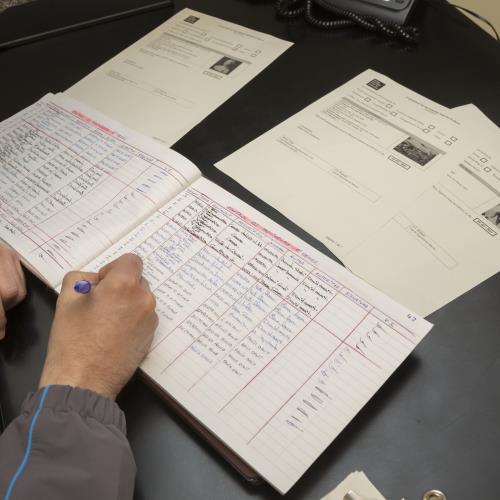
That Sunday it was urgent to find the fastest way to disprove the news through the media. With this I would like to emphasise the importance of controlling internal movements and the entries and exits of works of art. It should be noted that the Department of Documentation and Registration of Works of Art is responsible for registering the location of the works.
The safety and security of works of art when they leave the museum
With regard to the protection of works when they leave the museum, different factors must be taken into account in addition to the authorisation of the Management: the conditions of the places where they are to be exhibited, including environmental and safety requirements.
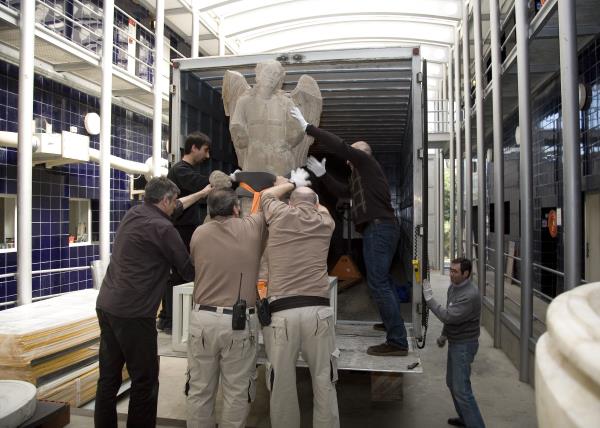
Regarding security conditions, the museum requires the minimums set out in Decree 35/1992 on measures in the field of security so that spaces can be registered as museum centres.
During the transfer of the works, in some cases, police corps escorts are requested.
In short, security is one of the least known professions in a museum, which covers both the prevention of risks and the protection of people, works and the building, and the control of the good functioning of all of the museum’s infrastructure.
Seguretat







